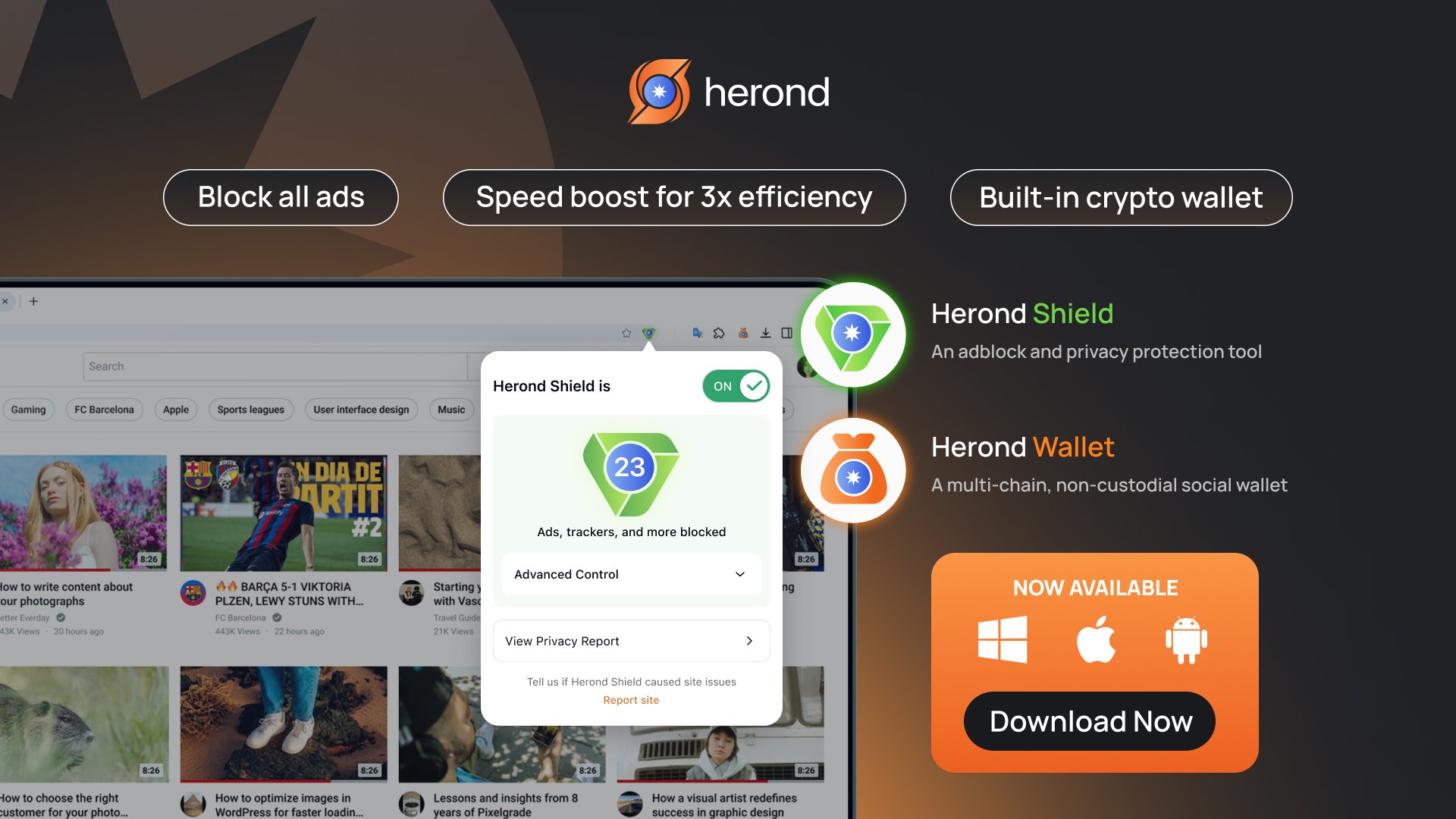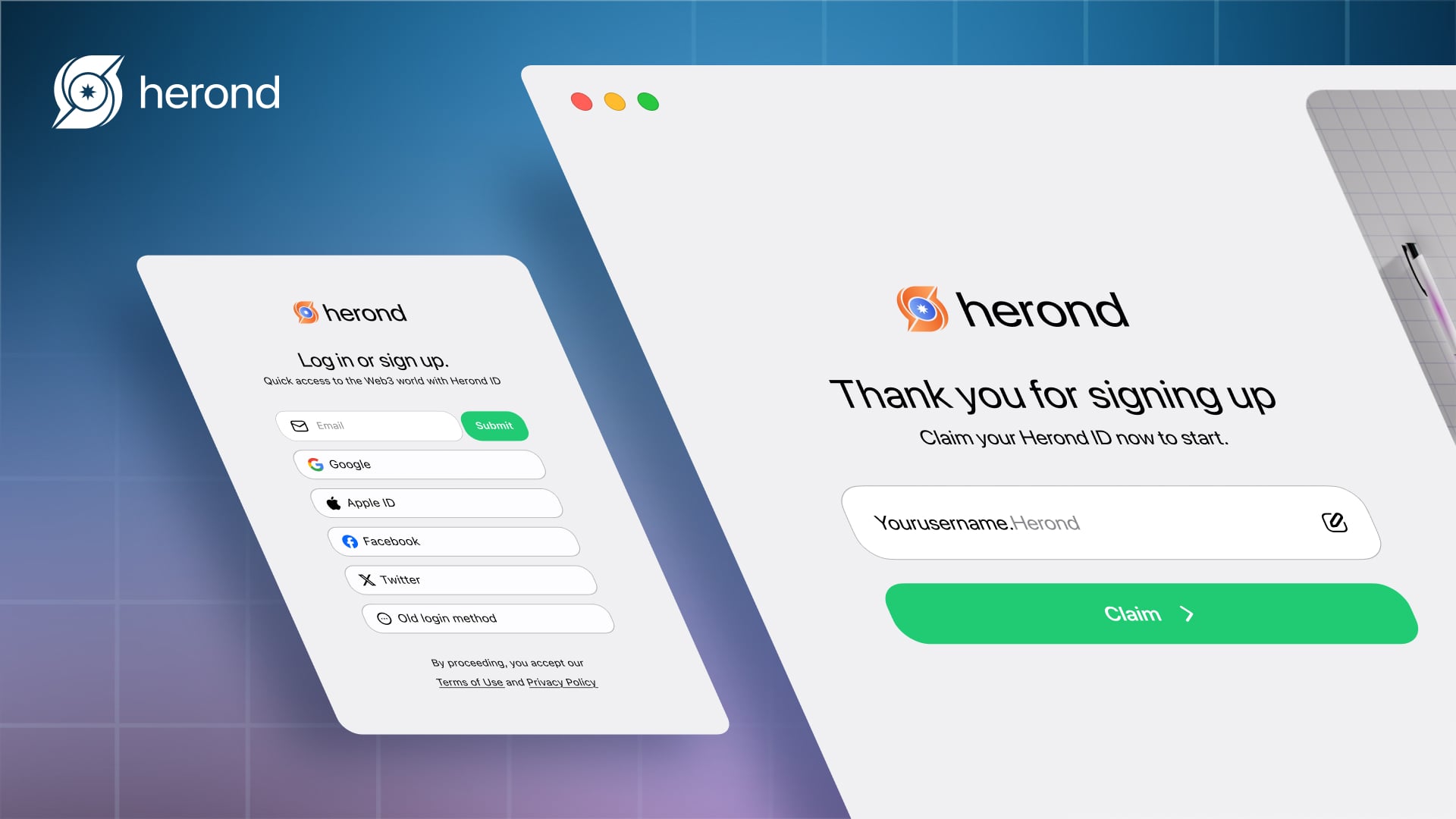The world of cryptocurrency continues to evolve, and one of the most exciting areas of innovation is DePIN—short for Decentralized Physical Infrastructure Networks. This concept merges blockchain technology with real-world infrastructure, allowing users to contribute to and participate in decentralized networks by leveraging physical assets like hardware, IoT devices, or other infrastructure resources. DePIN represents a significant departure from traditional crypto models focused solely on digital assets, expanding blockchain’s utility into the physical world. This article aims to define DePIN and provides detailed information about DePIN including pros and cons in 2024.
What is DePIN?

DePIN (Decentralized Physical Infrastructure Networks) refers to blockchain-based networks that operate and rely on physical infrastructure, incentivizing participants to contribute hardware or other tangible resources in return for cryptocurrency rewards. These networks leverage blockchain’s decentralized nature to create secure, trustless environments where anyone can participate without needing a central authority.
In contrast to the Proof of Work (PoW) or Proof of Stake (PoS) mechanisms, DePIN networks rely on contributions of physical infrastructure such as internet hotspots, cloud storage, wireless networks, or even energy resources. By decentralizing infrastructure, DePIN networks aim to reduce reliance on large, centralized providers and enable communities or individuals to build and maintain the essential infrastructure needed for various applications.
Key Components of DePIN Innovations
Decentralization of Real-World Infrastructure
DePIN networks create decentralized systems where physical assets—such as internet routers, servers, or renewable energy sources—are collectively owned and operated by individuals rather than large corporations.
These assets are registered on a blockchain, and contributors are rewarded with tokens based on their participation and resources provided.
Incentive Mechanism
Participants in DePIN networks are incentivized through tokenized rewards. Similar to mining or staking in traditional crypto networks, individuals who contribute physical infrastructure are compensated for their services.
This model helps create a decentralized marketplace for resources like bandwidth, computing
power, or sensor data, which can be accessed by others in the network.
Blockchain-Backed Governance
DePIN networks utilize decentralized governance models that allow users to vote on network upgrades, infrastructure changes, or policies, giving the community control over how the network is developed and maintained.
Integration with IoT (Internet of Things)

Many DePIN projects are closely tied to the IoT ecosystem, where billions of devices (like sensors, routers, or smart meters) generate data and contribute to the infrastructure. DePIN networks enable these devices to operate in a decentralized manner, where data can be securely shared and monetized without intermediaries.
Benefits and challenges of DePIN Crypto Innovations
Benefits of DePIN Crypto Innovations
DePIN Crypto Innovations have five outstanding advantages as follows:
Democratization of Infrastructure
DePIN networks empower individuals and small-scale participants to own and operate infrastructure, creating a more equitable system for delivering essential services like internet connectivity or cloud storage.
Cost Efficiency

By decentralizing infrastructure, DePIN networks lower the costs of building and maintaining physical networks. This is especially relevant for underserved or remote regions, where centralized solutions may be too expensive to implement.
Resilience and Redundancy
Decentralized infrastructure networks are less prone to single points of failure compared to centralized systems. This makes them more resilient to disruptions such as cyberattacks, outages, or natural disasters.
New Revenue Streams
DePIN allows individuals to monetize resources they already own, such as extra storage space, energy production, or wireless coverage. This opens up new revenue streams for everyday users.
Scalability and Innovation
DePIN systems are highly scalable since they rely on distributed contributions of infrastructure. As more participants join, the network grows organically, creating a robust and scalable system that can meet increasing demand for resources.
Challenges of DePIN Crypto Innovations
Besides all advantages of DePIN aforementioned, there and still a lot of challenges and considerations that we need to notice:
Adoption Barriers
Although DePIN has great potential, it faces adoption challenges due to the complexity of setting up physical infrastructure, integrating with existing systems, and achieving widespread usage.
Regulatory Concerns
Decentralized networks that operate in sectors like energy or telecommunications may face regulatory hurdles, as governments and regulators look to ensure compliance with existing laws.
Hardware and Maintenance Costs
While DePIN lowers the barrier for infrastructure ownership, participants still need to invest in hardware (e.g., routers, storage devices, energy systems) and ongoing maintenance. Balancing initial costs with long-term rewards is crucial.
Network Effects
DePIN networks rely on a critical mass of participants to function efficiently. Without enough contributors, the infrastructure may be too sparse to offer the necessary services or rewards.
Examples of DePIN Innovations
Several projects are pioneering the DePIN model, each focusing on different areas of infrastructure. Below we list some of outstanding DePIN projects:
Helium (HNT)

- Focus: Decentralized wireless networks.
- Helium allows users to operate decentralized wireless hotspots, contributing coverage to the network and earning HNT tokens. These hotspots provide LongFi coverage, which can be used by IoT devices such as smart sensors or GPS trackers.
- This model reduces the cost of wireless infrastructure by shifting it to a decentralized network of participants rather than relying on large telecom companies.
Filecoin (FIL)

- Focus: Decentralized cloud storage.
- Filecoin incentivizes users to contribute spare hard drive storage to the network, creating a decentralized marketplace for storage. Users can rent out storage space to others, earning FIL tokens.
- This enables a more cost-effective and decentralized alternative to traditional cloud storage providers like Amazon Web Services or Google Cloud.
Energy Web (EWT)
- Focus: Decentralized energy grids.
- Energy Web leverages blockchain technology to decentralize energy infrastructure, particularly in renewable energy markets. Participants in the network can contribute solar, wind, or other forms of energy generation to decentralized grids, earning tokens for their contributions.
- This model is designed to create more efficient and community-driven energy systems, reducing reliance on centralized energy providers.
DIMO
- Focus: Decentralized vehicle data collection.
- DIMO allows vehicle owners to connect their cars to a decentralized network where they can share sensor data (such as location, diagnostics, or driving patterns) in exchange for crypto rewards.
- This decentralized network of vehicle data has potential applications in industries like insurance, fleet management, and autonomous vehicle development.
Conclusion
In short, by enabling decentralized ownership and operation of essential services like wireless networks, cloud storage, and energy grids, DePIN empowers individuals and communities to participate in and benefit from decentralized economies. These innovations not only democratize access to infrastructure but also create new revenue streams, increase resilience, and offer scalable solutions that challenge traditional centralized models.
As more projects explore the potential of DePIN, this sector has the potential to reshape industries and create a more efficient, equitable, and decentralized world. The journey of DePIN is just beginning, and its promise of combining real-world impact with the transparency and security of blockchain offers exciting opportunities for the future of both crypto and physical infrastructure development.
About Herond Browser
Herond Browser is a Web browser that prioritizes users’ privacy by blocking ads and cookie trackers, while offering fast browsing speed and low bandwidth consumption. Herond Browser features two built-in key products:
- Herond Shield: an adblock and privacy protection tool;
- Herond Wallet: a multi-chain, non-custodial social wallet.
Herond aims at becoming the ultimate Web 3.0 solution, heading towards the future of mass adoption. Herond has now released the mobile version on CH Play and App Store. Join our Community!








